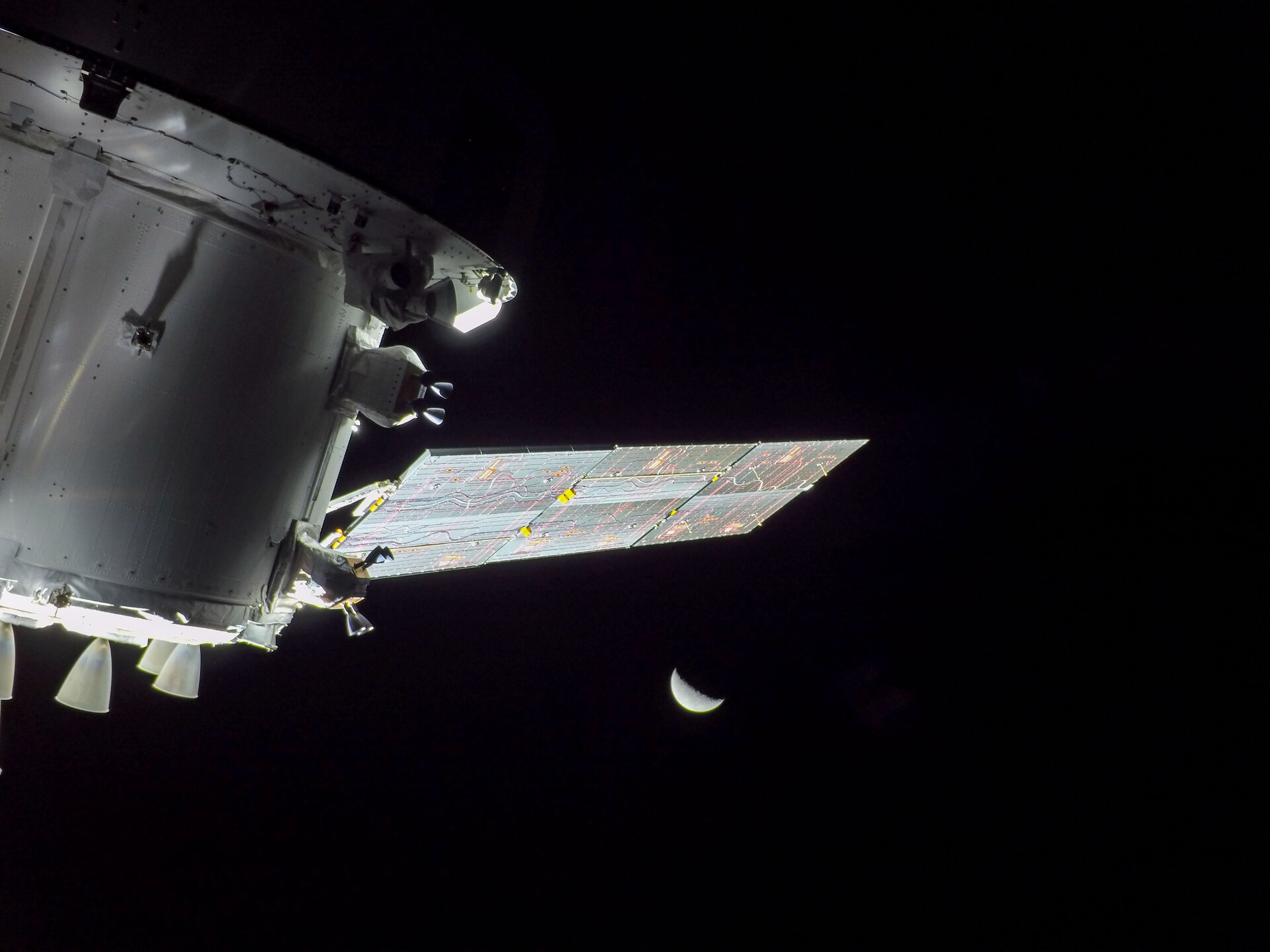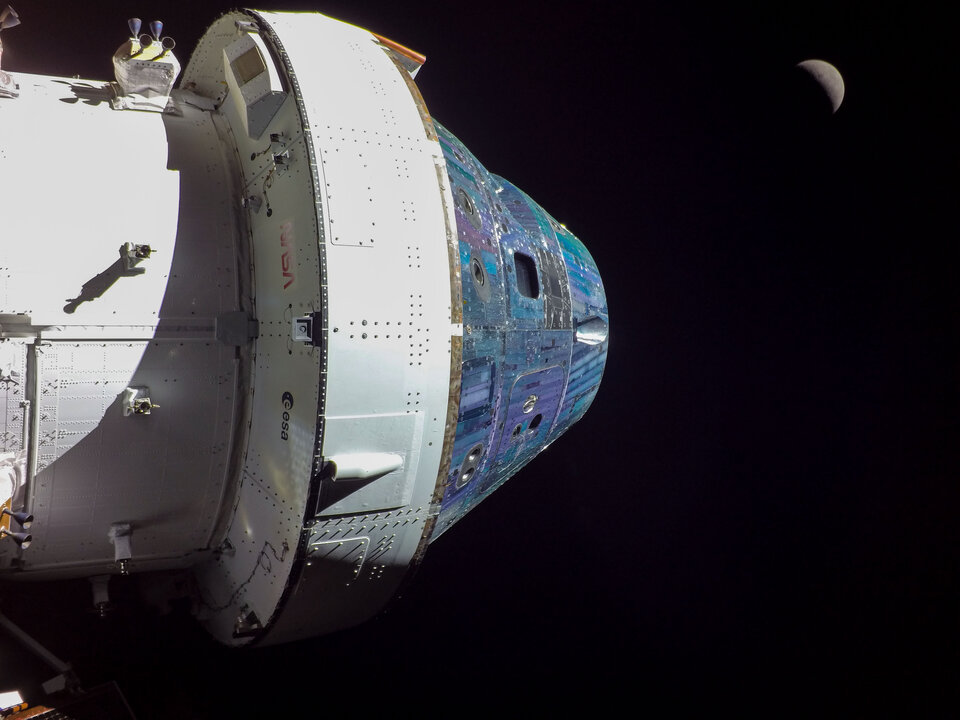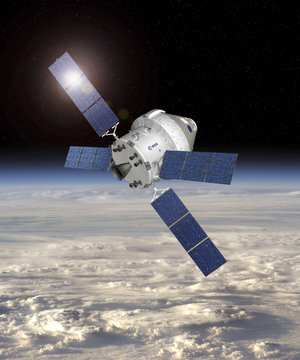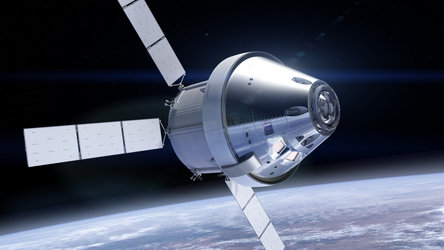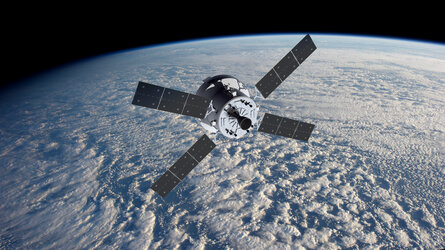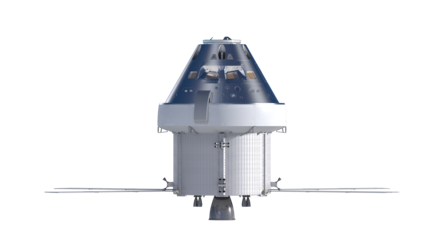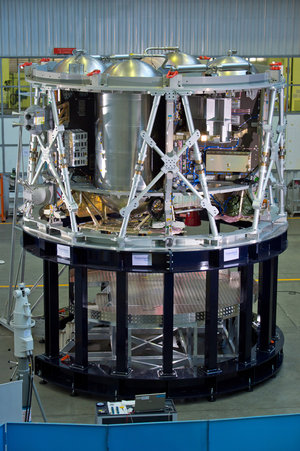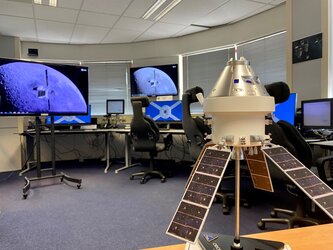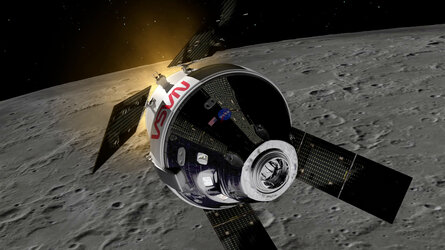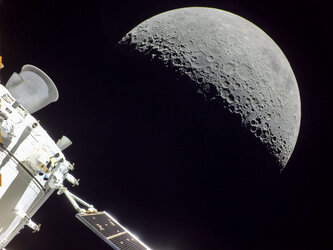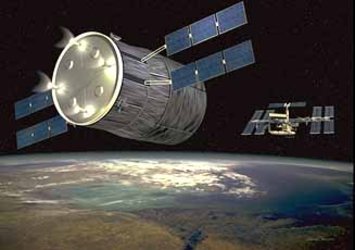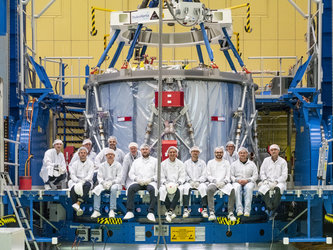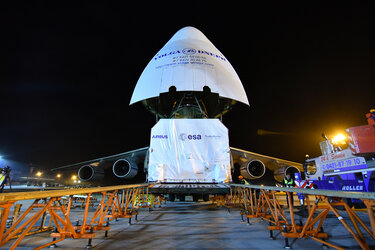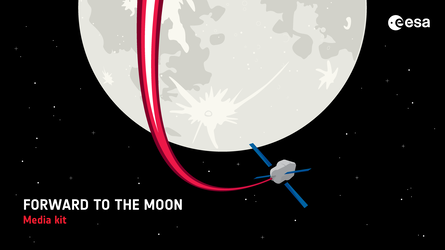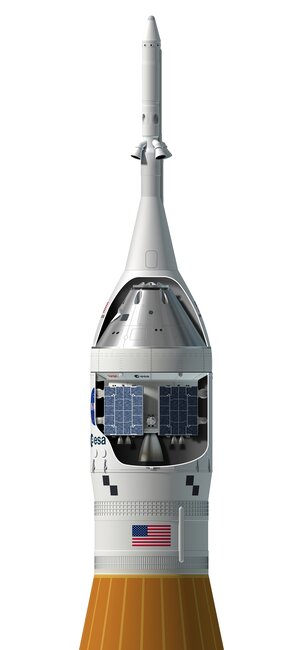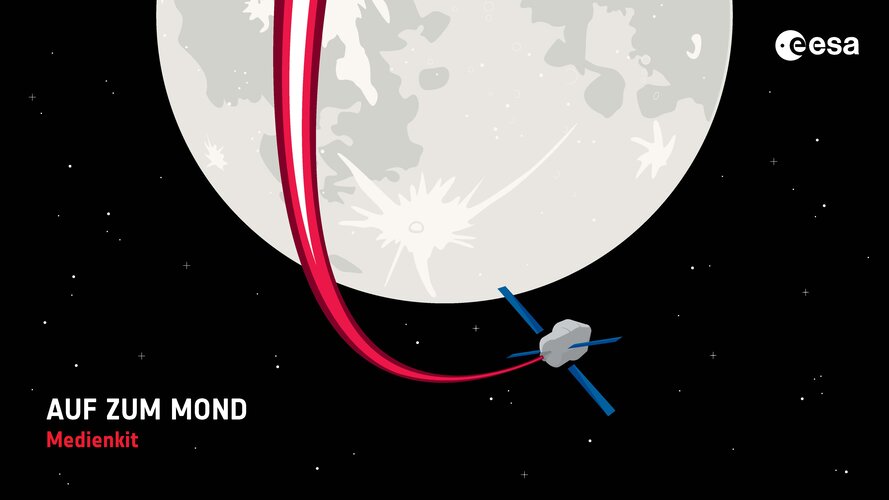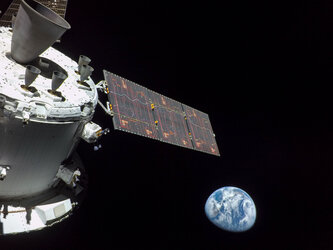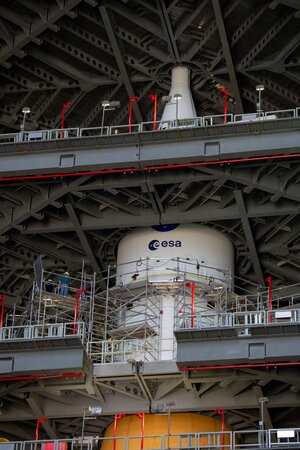Artemis I enters Moon orbit
In brief
Today at 22:52 CET (21:52 GMT) the European Service Module’s auxiliary thrusters fired to put NASA’s Orion spacecraft into a lunar orbit, ten days after liftoff on Earth.
In-depth
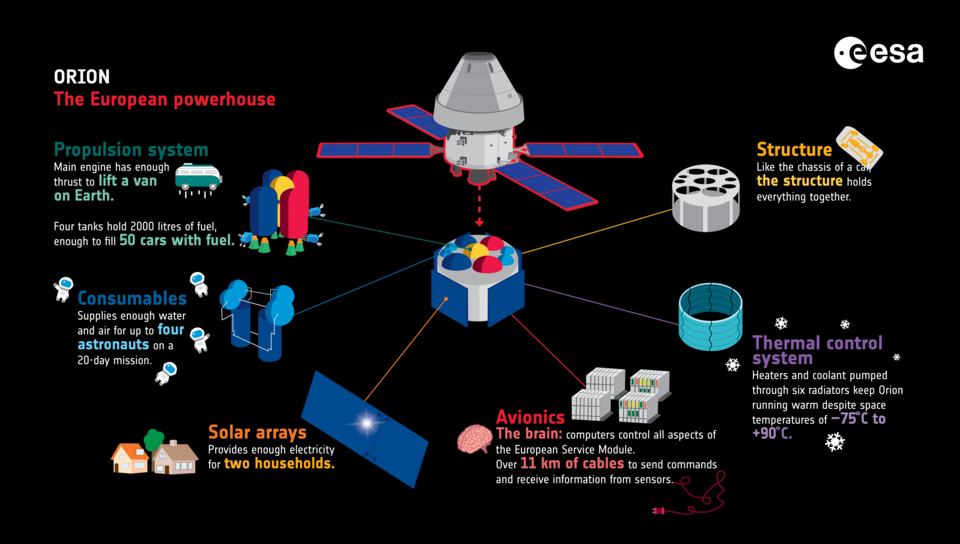
The European Service Module is powering Orion to the Moon and back, providing electricity, propulsion, keeping electronics and the crew module at the right temperature and, on the next Artemis missions, will provide water and air for astronauts.
The Artemis I mission is uncrewed but is being used to demonstrate and test the Orion spacecraft’s capabilities, as well as allowing mission control to get used to flying Orion and operating the European Service Module.
Distant lunar orbit
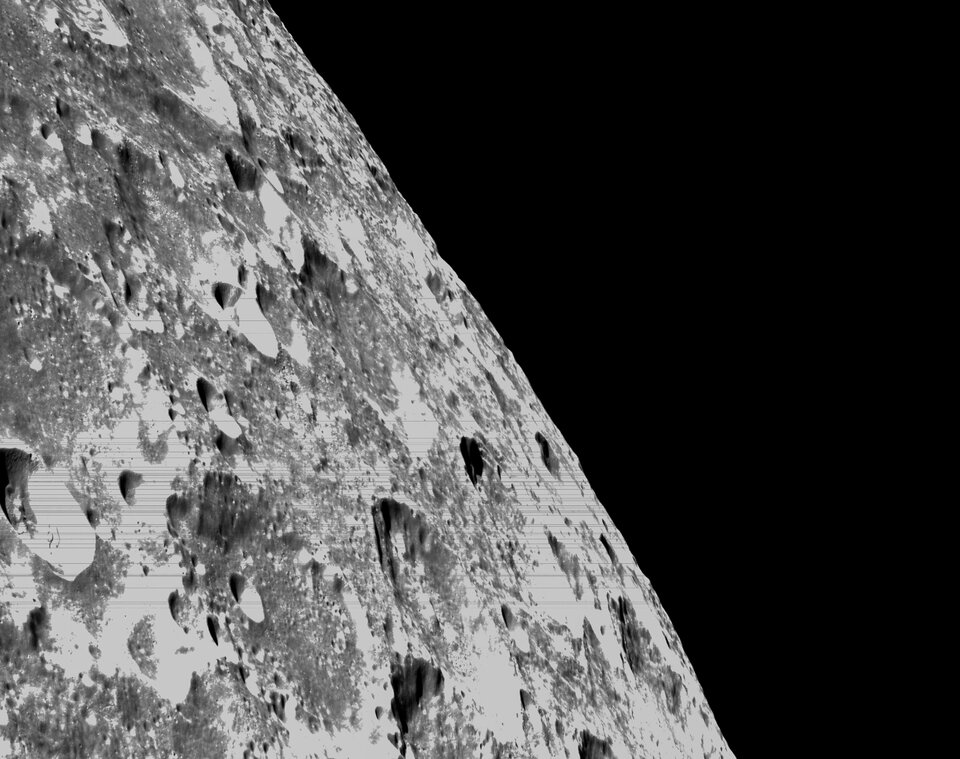
Today’s firing of the engines has pushed Orion in the opposite direction of travel to our Moon, and occurred relatively far away from the lunar surface, putting the spacecraft into a so-called distant retrograde orbit. This elongated orbit around the Moon uses little fuel. Orion's mission profile will see it leave half-way before the full twelve-day orbit, firing its thrusters in six days to fly closer to the Moon on a final flyby and then slingshot back to Earth.
ESA’s Philippe Deloo explains “The European Service Module is operating more fuel-efficiently than the Artemis mission designers had foreseen, and it produces more electrical power while consuming less – many things have impressed us on the module’s performance so far.”
Orion spreading its X-wings
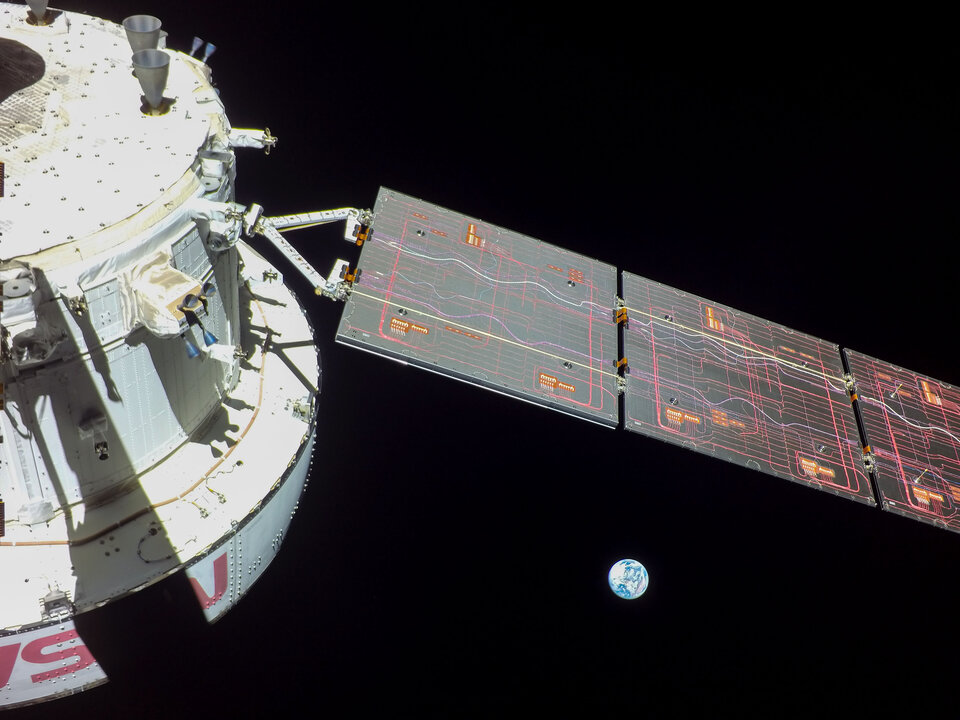
The Artemis I mission is an opportunity to push the Orion spacecraft to its limits. Throughout the mission multiple demonstrations are taking place, testing the mission operations teams and allowing them to learn how the new spacecraft is behaving.
“Mission control is enjoying pushing Orion and the European Service Module to their limits,” continues Philippe, “the years of planning, designing and building to the highest specifications are paying off, the European Service Module is performing better than we could have ever expected and we have lots of data to analyse and learn from, to ensure we will be taking astronauts to the Moon in the safest and most efficient way possible.”
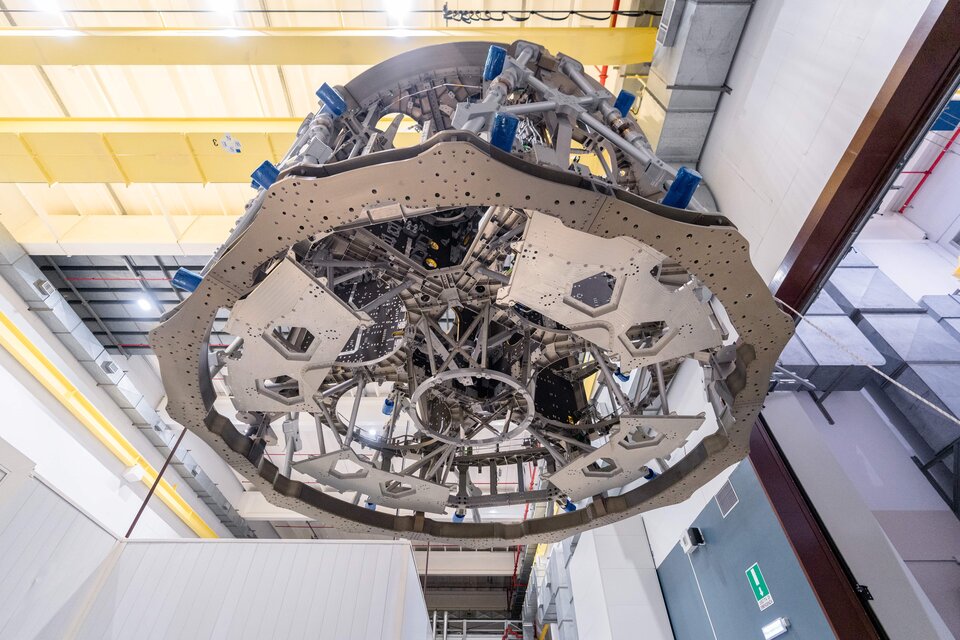
As the first European Service Module has been earning its wings flying around the Moon, the second module is already almost complete – its solar wings are folded and packed in storage to be attached to the second Orion spacecraft next year. The second Artemis mission will have astronauts aboard and fly a less intensive route around the Moon and back.
The third European Service Module – that will take astronauts to a Moon landing – is in production at the Airbus integration hall in Bremen, Germany, alongside the the fourth European Service Module that will power the first ESA astronaut and European lunar Gateway element to lunar orbit. The structure for the fifth European Service Module is set to arrive in Bremen next month.
“The demonstrated flight excellence of the European Service Module and Orion so far, together with ESA’s ambitious plans and newly announced astronauts make for and exciting immediate future for European human spaceflight” concludes Philippe.
The mission is set to end with a splashdown in the Pacific Ocean on 11 December. Visit ESA’s Orion blog for frequent and more detailed updates.


